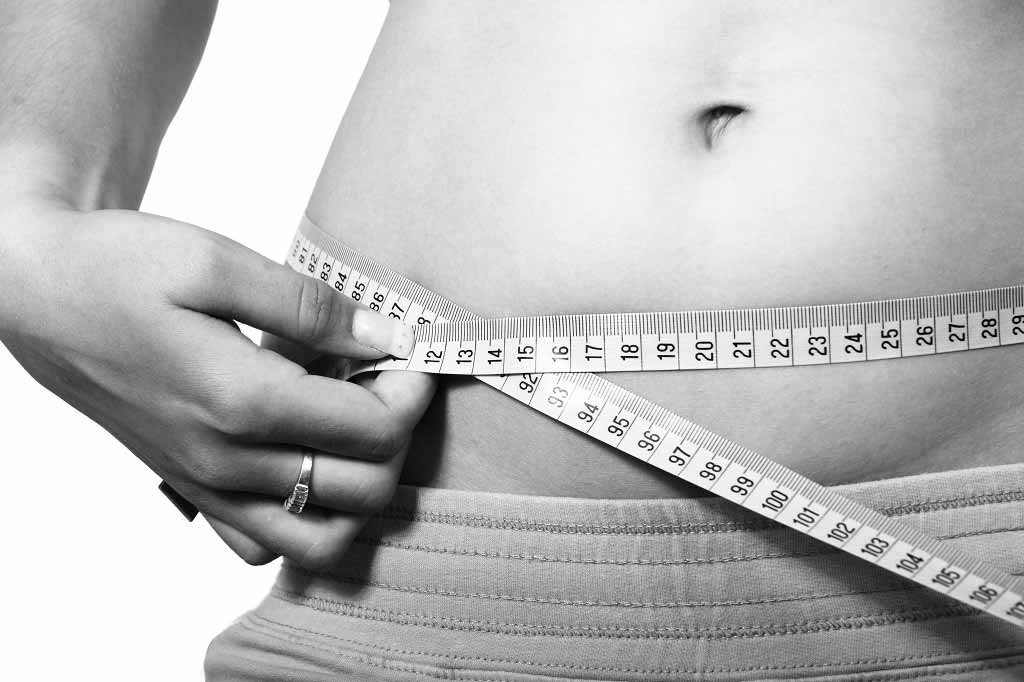Eating linked to thinking
Obesity
“Thinking can make you fat” is the headline in The Daily Telegraph. A Canadian research team measured the food intake of 14 female students after three thinking
“Thinking can make you fat” is the headline in The Daily Telegraph . A Canadian research team measured the food intake of 14 female students after three thinking tasks involving either relaxing in a sitting position, reading and summarising a text or completing a series of memory, attention and vigilance tests on a computer. When offered a buffet meal after the activities, “students spontaneously consumed 203 more calories after summarising a text and 253 more calories after the computer tests”, the newspaper says.
The study authors, who also measured fluctuations in blood glucose and insulin, propose a few mechanisms that might underpin these observations. However, they probably over-interpret the results of this small study by saying that overeating “following intellectual work, combined with the fact we are less physically active when doing intellectual tasks, could contribute to the obesity epidemic currently observed in industrialised countries”.
Where did the story come from?
Dr Jean-Philippe Chaput PhD from the Division of Kinesiology at the Department of Social and Preventive Medicine and colleagues from Laval University in Quebec, Canada carried out this research. The study was primarily supported by the Canada Research Chair in Physical Activity, Nutrition, and Energy Balance, and the Canadian Institutes of Health Research. It was published in the peer-reviewed medical journal: Psychosomatic Medicine .
What kind of scientific study was this?
This was a cross-sectional study. It used a ‘within-subject’ experimental design, meaning that each of the volunteers for this study performed each of the three tasks and acted as their own controls.
The researchers recruited 14 female students with an average age of 22.8 years and an average body mass index of 22.4. The researchers tested the volunteers in the second half of their menstrual cycle as previous research had shown that spontaneous energy intake could vary significantly between the two halves.
There were strict conditions to taking part in the study. Women had to be non-smokers, have had a stable body weight for six months and have a body mass index between 20 and 30kg/m2. They could not have an eating disorder, food allergy, diabetes, be vegetarian or vegan, pregnant or have an irregular menstrual cycle. Also, they could not be on medication that could affect appetite and they were tested to see if they were naturally restrained in their eating. The researchers also only included women who reported that they performed less than three hours of physical activity per week.
On the days the women carried out the tasks, they ate a standard breakfast at 8am consisting of white bread, butter, peanut butter, cheddar cheese and orange juice (with an energy content of 2504kJ/598kcal). Afterwards, they did their tests from 10.30am with a buffet style ‘as much as you want to eat meal' immediately afterwards. The testing was done over a two-month period and no one was tested on consecutive days.
The three tasks were resting in a sitting position; reading a document and writing a summary; and performing a battery of computerised tests. The researchers called the last two of these tasks knowledge-based work. The researchers recorded heart rate and reaction time, as well as the levels of plasma glucose, insulin and cortisol at seven time-points (0, 8, 16, 24, 32, 40 and 45 minutes). The researchers were particularly interested in the level of cortisol in the blood, as they say that there is evidence showing that stress increases cortisol levels and that these increases are associated with greater food intake. They suggest that if the level of this hormone changed this could explain the mechanism underlying any difference found. Various questionnaires were used to test the participants for anxiety, stress and workload.
The buffet-style meal contained a variety of foods and was offered immediately after each task with the instruction that women could eat freely. The women had a maximum of 30 minutes to eat their meal, and the portions served to them of each food they chose were larger than they were expected to consume. All foods were weighed before and at the end of the buffet to the nearest gram, to quantify the exact intake of each type of food. Energy, protein, lipid and carbohydrate intakes were calculated by a dietician using the Canadian Nutrient File.
What were the results of the study?
The average energy intake after the reading and writing and the automated computer testing tasks exceeded that measured after rest by 848kJ (203kcal) and 1057kJ (253kcal), respectively. When the researchers analysed the intake of fats, carbohydrate and protein separately, no differences in dietary preference were detected.
The average cortisol level over 45 minutes in the two knowledge-based work tasks (the reading and writing and the automated computer tests) was significantly higher (p < 0.05) compared with the control (resting only) task. They also found a significant increase in variations in plasma glucose and insulin levels in these knowledge-based work tasks when compared with the control task (p < 0.01).
What interpretations did the researchers draw from these results?
The researchers say that their study showed that knowledge-based work produces an increase in spontaneous energy intake over a short timeframe and promotes an increased fluctuation in plasma glucose and insulin levels. They claim that their study documents a new risk factor for a positive energy balance, with the potential for weight gain in the long-term.
What does the NHS Knowledge Service make of this study?
It would be unwise to base any hopes for a new way that individuals or populations might lose weight on this study.
- Neither weight nor energy intake were directly measured in this study, so it remains unclear if, for these women, any increased calories consumed were replacing calories burnt or if they would be surplus to immediate requirements and therefore might be converted to fat.
- Without a measure of energy expenditure while reading, reading and writing or working at the computer, it is not clear how far the movements of the women as opposed to their thinking might be contributing to the difference in appetite.
- The small number of subjects and the open, non-randomised, ‘within-subject’ design, mean that there are a number of biases that might invalidate the results. The open, i.e. not blinded, nature of this study particular exposes it to the possibility that participants knew the overall intention of the experiment and reacted accordingly.
Common sense would again suggest that we only eat when hungry and that physical activity and possibly more active ‘brain work’ might both contribute to energy expenditure.






 Subscribe
Subscribe Ask the doctor
Ask the doctor Rate this article
Rate this article Find products
Find products





